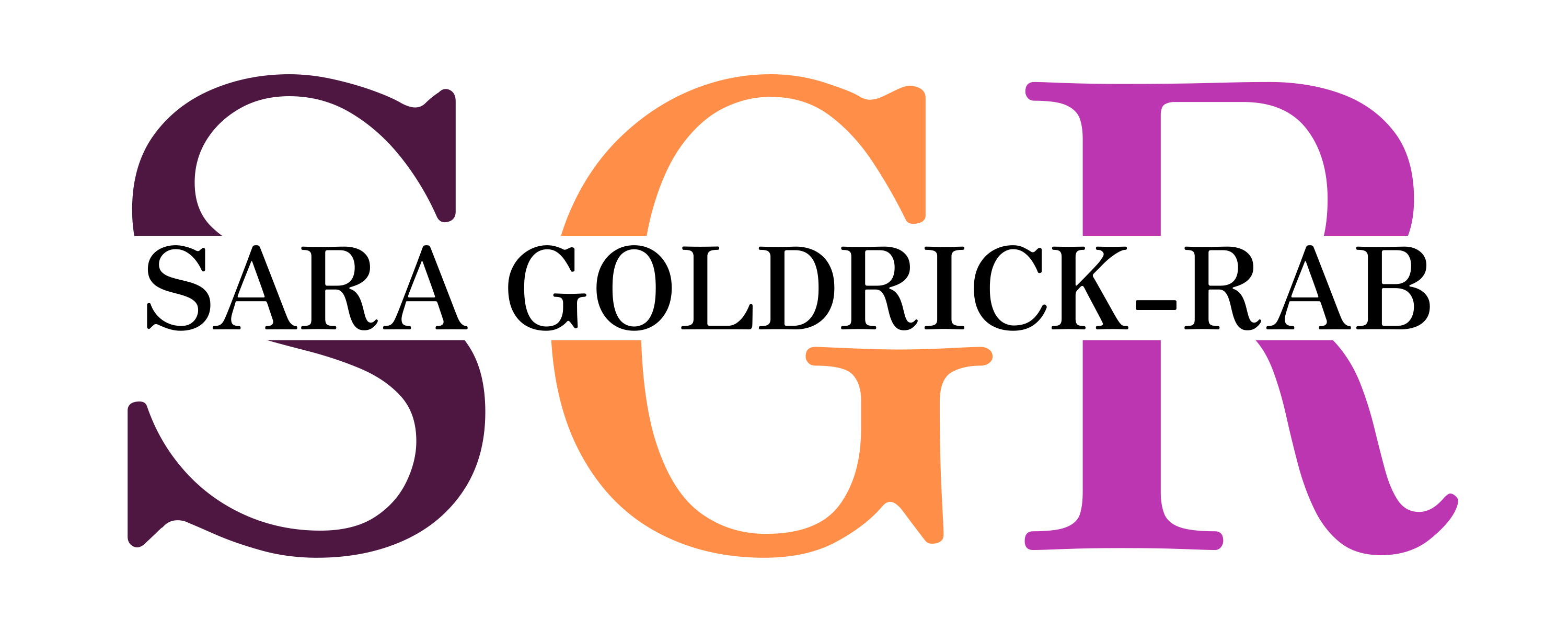The Returns to College Persistence for Marginal Students: Regression Discontinuity Evidence from University Dismissal Policies (2018)
We estimate the returns to college using administrative data on both college enrollment and earnings. Exploiting that colleges dismiss low-performing students on the basis of exact GPA cutoffs, we use a regression discontinuity design to estimate the earnings impacts of college. Dismissal leads to a short-run increase in earnings and tuition savings, but the future fall in earnings is sufficiently large that 8 years after dismissal, persisting students have already recouped their up-front investment with an internal rate of return of 4.1%. We provide a variety of evidence that manipulation of the running variable does not drive our results.
